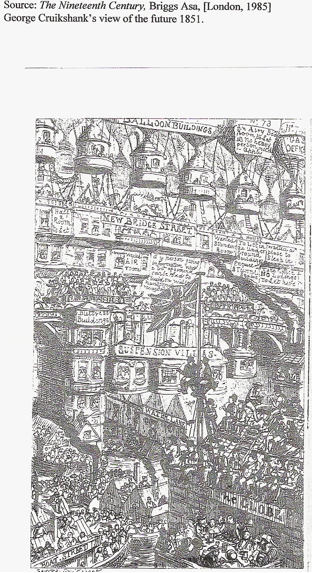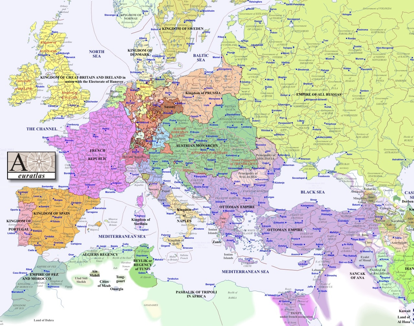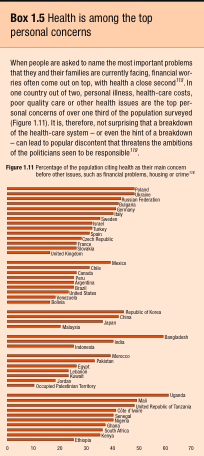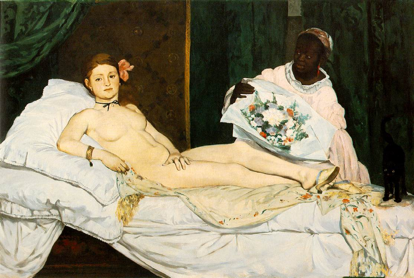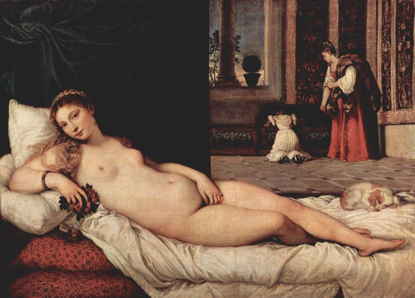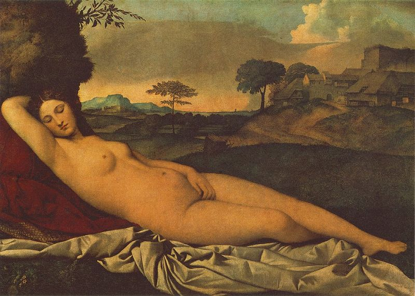Stonehenge Updated
Oxford University
Department for Continuing Education
Roger M. Jones Fellow Abroad, The University of Michigan
1-4-09
Hillary 2009
—
The Stonehenge Theories

It is a world famous archaeological site, great national symbol of Britain, sacred place to neo-druids and neo-pagans, and an extremely perplexing riddle left to taunt us by the people who lived here almost 5000 years ago. Stonehenge inspires wonder all around the world, and everyone seems to have their own personal theory on just what it was supposed to do. The fact that the construction of such a site by Neolithic peoples would have required unimaginable effort in the absence of modern technology makes it all the more compelling a problem. The abundance of theories on the subject is popularly known as the “mystery of Stonehenge”.
To speak in an educated way about this mystery, the first thing one must do is to familiarize themselves with the various explanations already posited by famous archaeologists of the past and present. Most notable among these are the possible functions of burial monument, observatory, solar temple, druid temple, and centre of healing.
—
Stonehenge as Burial Monument
The Stonehenge Riverside Project, a recent excavation project from 2003-2008 suggests that a primary use in the history of Stonehenge was as a burial monument. Mike Parker Pearson, the head of that project has stated that, “Stonehenge was a place of burial from its beginning to its zenith in the mid third millennium B.C.” Mike Pitts, another researcher on the project, has suggested that the cremated remains of some 240 people in total were buried at the site.
Many archaeologists and anthropologists have suggested that Stonehenge is part of a wider ritual landscape, and represents a “place of the ancestral dead”. It would mark the end of a ritualized symbolic journey carrying the remains of the deceased in a daylong procession down the river Avon from the nearby sites known as Durrington Walls and Woodhenge, the posited “place of the living”. Parker Pearson and others have suggested that stone was a substance associated with death and timber with living by prehistoric peoples. Several hundred burial mounds of varying age surround the actual site of Stonehenge, so even if it was not a major place of burial on its own, it may have symbolic meaning associated with death. Other researchers contest the burial site theory, citing evidence that the burials (specifically at Stonehenge) may be connected to a function as a pilgrimage site known for healing, and also that burial sites have been found at Woodhenge making its identity as a place of the living debatable.
—
As Observatory
Various archaeoastronomers have suggested that Stonehenge represents an “ancient observatory” and possible “Neolithic computer”. The opening of the monument faces northeast, and on the solar equinoxes and the solstices the sun rises framed in a gap between great stones. The equinoxes and solstices are considered the midpoints or endpoints of the seasons in different cultures, and the ability to approximate their dates would have been useful to an early society that had no knowledge of the accurate length of a year as they transitioned from hunter-gatherers to farmers.
British astronomer Gerald Hawkins went further than this and suggested in a 1963 paper in Nature that there are in fact thirteen solar and eleven lunar correlations with features in the site, based on his early computer-assisted calculations on 165 such features. He based this research on a dating of 1500 B.C. although with radiocarbon dating we now know the most ambitious phase of the site to have been built closer to 2500 B.C. Hawkins also proposed a method by which the 56 pits at the site known as Aubrey holes could have theoretically been used to predict the lunar eclipse, the so-called “Neolithic computer”.
—
As Solar Temple
The same evidence that points towards the function of Stonehenge as secular observatory can be used to support claims that it is a place of sun worship. Prior to the calculations and theories of Hawkins, William Stukeley in the 18th century and Norman Lockyer in the early 19th century had noticed the alignment with the summer solstice and proposed that the site was a temple of sun worship. Stukeley had theories of a “paternal religion” involving sun worship that was the source of all other religions in history, and in fact many early societies practiced sun worship and built other structures aligned in different ways with the solar cycle. Many have commented on the “feeling” that Stonehenge is sacred ground as anecdotal evidence in itself for a primarily religious function of the site throughout history.
—
As Druid Temple
John Aubrey, namesake of the Aubrey holes, suggested in the 17th century that Stonehenge and similar sites were temples of the Druids, and that theory persisted throughout the 18th century. Today we know Stonehenge to be much older than the Celtic society that produced the priestly class called the Druids, who probably appeared in Britain around 300 B.C. The persistence of this idea is mostly due to the modern day Celts and neo-Druids who claim the monument as their own and hold festivals and ceremonies there.
—
As Centre of Healing
Notable Bournemouth University archaeologists Geoffrey Wainwright and Timothy Darvill in 2008 added a new theory to the mix, that Stonehenge was a place of sacred healing and pilgrimage where “people came to be made well”. They base this theory mainly on the fact that a number of the skeletal remains found at Stonehenge show evidence of bone trauma, and that some of those remains show evidence the individuals originated great distances away. The so called “bluestones” at the centre of the monument, somehow moved over 250 km from Wales to the site, came from an area with hot springs that are themselves traditionally associated with healing. This new theory is being hotly debated.
—
Almost five thousand years later, the “mystery of Stonehenge” continues to perplex and intrigue. Was it a burial monument, observatory, early solar temple, druid temple, centre of healing, or perhaps intended as a landing pad for interstellar space travellers long since forgotten? As a bona fied world wonder and symbol claimed by everyone from the Welsh culture to the British nation to the Druid religion, Stonehenge now means so many things to so many people it has become a question that will almost certainly never be given one universally satisfying answer. It appeals to us in the same way as the Mona Lisa, beautiful and strange and forever waiting for a lucky someone to discover some new pattern or detail, or to generate a new compelling theory. By doing so they link themselves for better or worse with one of the longest enduring symbols of all time.
—
Web Resources (Accessed April 1, 2009)
Wikipedia Pages –
http://en.wikipedia.org/wiki/Stonehenge
http://en.wikipedia.org/wiki/Archaeoastronomy_and_Stonehenge
http://en.wikipedia.org/wiki/Druid
http://en.wikipedia.org/wiki/Durrington_Walls
http://en.wikipedia.org/wiki/Woodhenge
http://en.wikipedia.org/wiki/Theories_about_Stonehenge
“Changing the Meaning of Stonehenge”, 09/10/2008
http://www.ahrc.ac.uk/News/Latest/Pages/stonehengeaubreyhole.aspx

